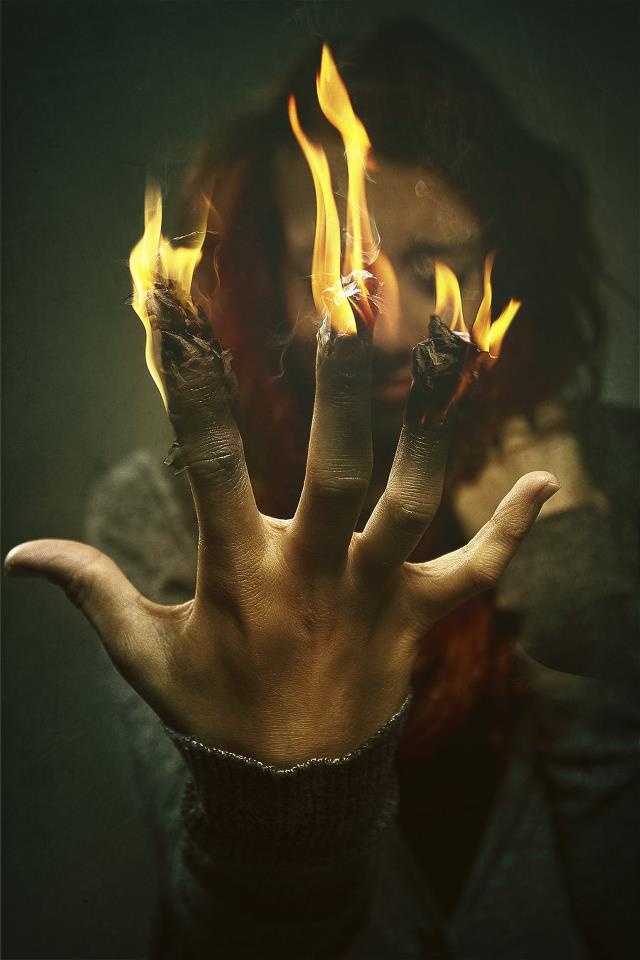November is National CRPS Awareness Month, and November 7th 2016 is National Awareness Day.
I wanted to share with you a little bit about CRPS and why awareness of this unknown disease is so very important. The problem is, I’m not sure how to go about sharing it with you. I don’t really want to inundate you with facts and figures right out of the gate. Telling you how horrible the disease is and scaring you into caring. I want to somehow share with you the human side of this disease. Tell you of the tens of thousands of people that are living with it, like myself, on a daily basis. We are mothers, fathers, sister, brother, husbands, wives and people just like you. We are in all lines of work, in all places of the world with this one common thread: We all have CRPS and we live in agonizing pain daily.
CRPS in a nutshell completely sucks, there’s not a more eloquent way to put it. I have been living with CRPS for the last thirteen years. I contracted the disease by triggering it when I had a run in with a flight of stairs, and, of course, the stairs won. My injuries healed, but the pain never went away, in fact, it got worse. That’s the thing about this unknown disease, it doesn’t discriminate, and there is no cure. Oh, there are chances that Type 1 can go into remission, but those chances are few and far between. Unfortunately, I have Type 2 and remission really isn’t an option for me.
So you can see my dilemma. How do I share with you all the things I want to share, and not bore you with details and facts? I guess there really isn’t a way. I need you to know about the disease, boring facts and all, so you can help us raise awareness and/or be an advocate for someone showing signs of CRPS. So bear with me while I share a few, much-needed details with you, so you can learn a little more about it and help educate others.

What exactly is CRPS?
CRPS is an acronym for Complex Regional Pain Syndrome. CRPS is a largely unheard of disease, affecting 200,000 people in the United States with 75% of them being women. CRPS occurs when the nervous system and the immune system malfunction while responding to an injury. The nerves begin to misfire, sending constant pain signals to the brain. Unfortunately for CRPS sufferers, when the injury heals, the pain doesn’t end, it gets stronger, changing as time goes on. The pain can range from a stabbing, gnawing, burning or stinging pain combined with a multitude of other painful sensations that usually include a tingling sensation and numbness. The pain is different for each person, coming and going with no pattern or plan. There will also be periods of time called “flare-ups” when the pain becomes even more unbearable for no apparent reason at all. It’s just one of the many things patients with CRPS deal with daily.
So why do you need to be aware of CRPS?
CRPS is so unknown, that it is commonly misdiagnosed. The average time for a person suffering from CRPS and finding the correct diagnosis is three years. That’s three long years, 1,095 days of being in constant, excruciating pain. The level of pain is so intense with CRPS that it has been ranked as the most painful form of chronic pain that exists today.
What are main symptoms of CRPS?
Below is a small list of symptoms from The Mayo Clinic. Remember, everyone is different. You don’t have to have all of these symptoms to have CRPS.
- Continuous burning or throbbing pain, usually in your arm, leg, hand or foot
- Sensitivity to touch or cold
- Swelling of the painful area
- Changes in skin temperature — at times your skin may be sweaty; at other times it may be cold
- Changes in skin color, which can range from white and mottled to red or blue
- Changes in skin texture, which may become tender, thin or shiny in the affected area
- Changes in hair and nail growth
- Joint stiffness, swelling and damage
- Muscle spasms, weakness and loss (atrophy)
- Decreased ability to move the affected body part
If you think you may be suffering from CRPS, do a little research and try to find a CRPS specialist in your area. If you can’t find one, research CRPS and bring all your findings to the doctor you are seeing. Educate him/her, let them understand what you think you have and never settle if you feel you are being misdiagnosed.
We are hoping with more awareness the medical community will be able to develop better treatments for our disease. Many of us will have it for our lifetimes; we aren’t asking for miracles, just ways to be able to get through the day in a little less pain. We also want to educate the community on what CRPS is so they can help recognize the symptoms, and get themselves or someone they love diagnosed sooner.
If you can help spread awareness this month by turning your avatar orange, wear orange and use the hashtag #CRPSORANGEDAY or #CRPS on all your posts and tweets. Every little bit helps!
Looking for more information on CRPS? Below are a few great places on the net to get started.

Thank you for bringing awareness to CRPS. People have little understanding of chronic invisible illnesses and chronic pain disorders.
Sherri,
Honestly, I don’t know how you manage. You are such a force and I’m inspired by your passion to help others, your humanity and your talent. Thank you for sharing not only your experience with CRPS, but educating others as well.
X
Sherri, You’re an amazing woman. Thank you for bringing awareness about CRPS to others, like mental illness, CRPS affects so many and because we don’t see it, we don’t talk about it. You’re a warrior! keep fighting the good fight!
Yes! I am sharing this on all my social media links. This is the perfect article to make normal people that aren’t affected by CRPS/RSD understand the disease. I ask all reading this to share this article and spread CRPS awareness.